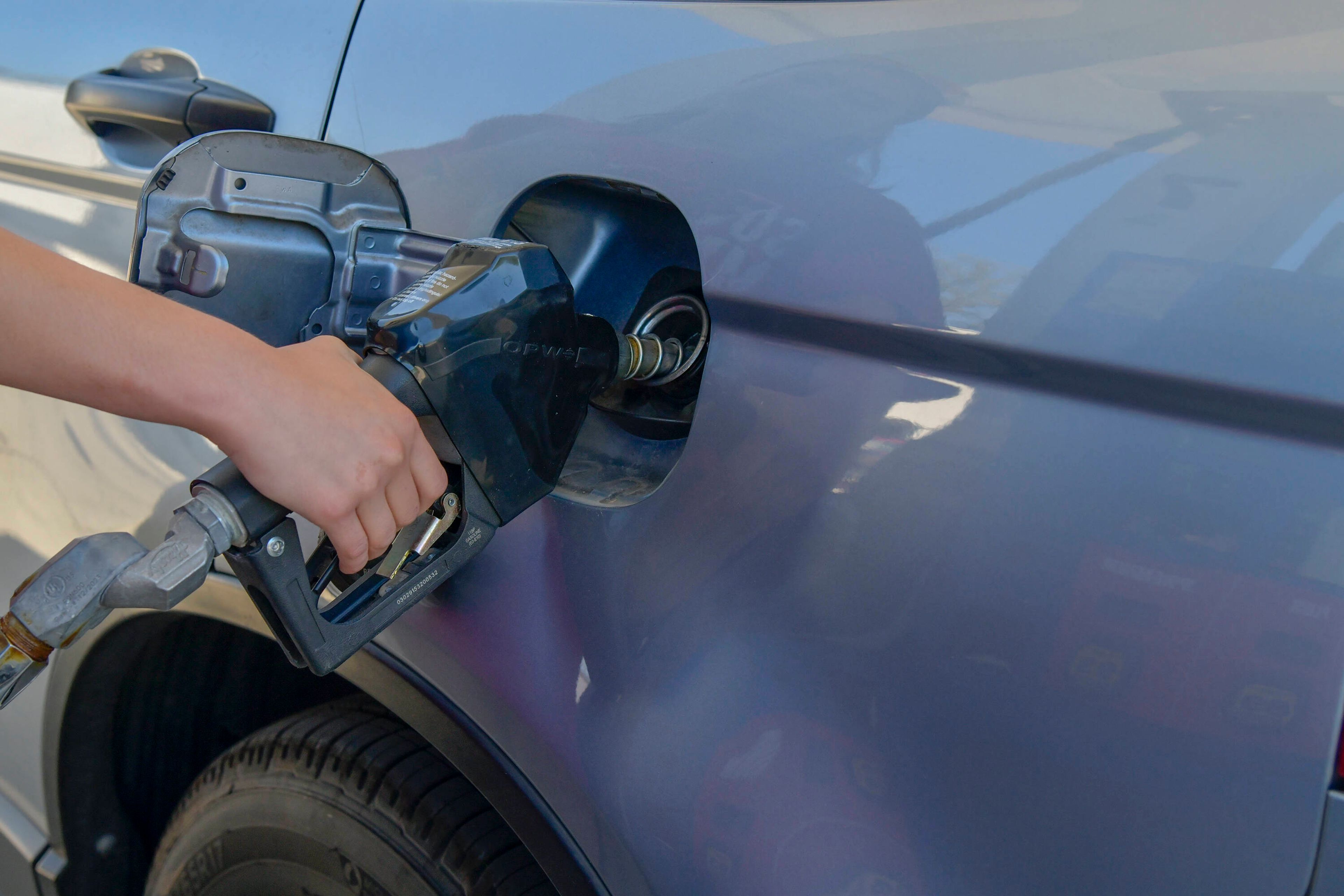By Jim Obert
Business Today
Lance Armstrong, the four-time winner of the grueling Tour de France bicycle race, averages 20.5 mph during the 21-day, 1,484-mile annual event. That's slightly faster than the 20 mph legal speed of electric bicycles -- or e-bikes.
According to Armstrong's Web site, he produces an average of 373 continuous watts as he muscles his way up twisting mountain roads. E-bikes operate continuously in the 200- to 400-watt range, which means they can make a big difference in getting a rider down the road and up the hill.
E-bikes are everyday bicycles with a battery-powered electric motor. Although capable of pushing you along without your help, e-bikes perform better when you pedal -- even if just a little.
Lee Iacocca, former chairman of Chrysler, manufactures a line of e-bikes. He says the average couch potato who pedals a regular bicycle at 10 mph can ride at 15 to 20 mph using the same effort on an e-bike.
"Do you remember the easy pedaling after you get your bike up to speed?" asks Iacocca on his Web site. "That's the cruising feeling you get all the time with an electric bike."
Power, when activated by a switch on the handlebar (power-on-demand) or in response to your pedaling (ped-elec), gives you an immediate, nearly silent push. When you release the switch, or stop pedaling, the motor coasts or "freewheels." Standard bicycle hand brakes and gearing round out the controls.
Eric Gooden, owner of Cape Bicycle Cycling & Fitness in Cape Girardeau, has been selling e-bikes for several years. He says steady increases in torque and decreases in weight have been making e-bikes more popular.
"I've been selling bikes since 1972, back when mopeds were really popular. They still are, but if you try to pedal one you're working real hard. They have short cranks and they're heavy."
Gooden says e-bikes are comparatively light, weighing between 45 and 65 pounds. Most of that weight is the battery pack, which can be attached to different parts of the frame, depending on the manufacturer.
"If you didn't want to use the power, you can pull the battery pack out and the bike is as light as any other."
Gooden says the heart of the e-bike is the torque sensor. When it senses a rider is pedaling too hard, the electric motor is engaged.
"I've sold these bikes to people who want to get some exercise, but not work very hard," says Gooden. "One person bought one to ride to work. He said Cape has some hills and he didn't want to work up a sweat getting to work. The electric assist pushes him up the hills."
Gooden says he sold one to a woman who had one leg slightly shorter than the other. Now she can keep up with her family who pedal regular bikes.
Among the manufacturers of e-bikes are Giant LaFree, EV-Global, Th!nk Bike Fun, Mercedes-Benz, Peugot, Honda, Ford and Mitsubishi. In their advertising, companies say people choose to ride an e-bike because they:
-- enjoy the feeling of riding a bicycle, except for the starts, hills and headwinds;
-- prefer local errands to be easy and scenic;
-- want to save money on gas;
-- need point-to-point transportation after losing driving privileges;
-- want convenient parking spots;
-- get a low-impact aerobic workout; and
-- it's just plain fun.
Kiam Sutter, who sells bicycles and fitness equipment in Cape Girardeau, says he sold an e-bike to a woman in her 40s "who is in great health. She just wanted it because it's cool." He says another woman, who had knee problems, bought one so she could keep up with her children on their mountain bikes.
Sutter says an e-bike can go about 30 miles before the battery needs recharged.
"You just unlock the case and lift it out," says Sutter. "A battery charger comes as an accessory but you can also plug it into an electrical outlet at your home or office."
Charging times vary widely due to charger output and battery capacity, but three to four hours is considered average. Manufacturers say charging a battery can use less than 5 cents of electricity from common 110 VAC wall outlets.
E-bikes sell in the $900 to $1,350 price range. Some have four-speed gear boxes and others have seven speeds. All models have an indicator to alert you when the battery is low. Some models have cruise control. Riders can also get e-bikes with front shock absorbers and a generously padded seat.
Connect with the Southeast Missourian Newsroom:
For corrections to this story or other insights for the editor, click here. To submit a letter to the editor, click here. To learn about the Southeast Missourian’s AI Policy, click here.








